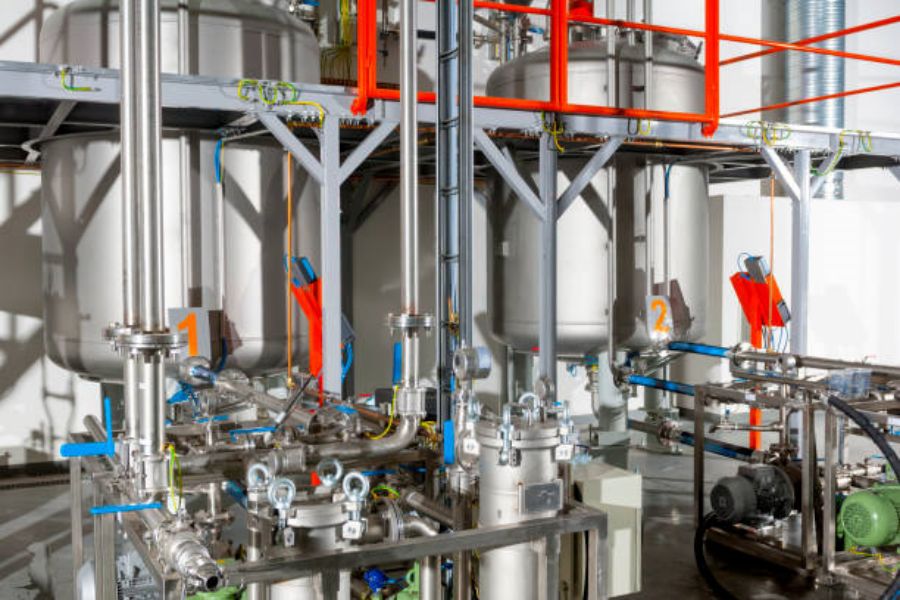How Do Water Chillers Work: A Comprehensive Guide
Water chillers are essential cooling systems used in various industries and applications. They play a crucial role in maintaining optimal temperatures for processes, equipment, and facilities. Understanding how water chillers work can help in choosing the right system for your needs and maximizing their efficiency. In this article, we will explore the inner workings of water chillers, their components, and the principles behind their cooling process.
The Basics of Water Chillers
Water chillers are refrigeration systems designed to remove heat from water or other fluids. They are commonly used in industrial processes, HVAC systems, data centers, medical facilities, and even in some residential applications. The primary function of a water chiller is to lower the temperature of the circulating fluid, allowing it to absorb heat from the surrounding environment.
1. The Refrigeration Cycle
The heart of a water chiller is its refrigeration cycle, which relies on the principles of thermodynamics. The cycle typically consists of four main components: the evaporator, compressor, condenser, and expansion valve. These components work together to transfer heat from the water or fluid being cooled to the external environment.
Starting with the evaporator, the refrigerant absorbs heat from the water, causing it to evaporate and turn into a low-pressure gas. The compressor then compresses the gas, increasing its pressure and temperature. This hot, high-pressure gas is then passed through the condenser, where it releases heat to the surroundings and condenses back into a liquid. Finally, the expansion valve reduces the pressure of the liquid refrigerant, allowing it to return to the evaporator to repeat the cycle.
2. Types of Water Chillers
Water chillers come in various types, each suited for specific applications and cooling requirements. The most common types include air-cooled chillers and water-cooled chillers.
Air-cooled chillers: These chillers use ambient air to cool the refrigerant in the condenser. They are typically more economical and easier to install, as they eliminate the need for a separate cooling tower. However, they are less efficient in very high-temperature environments.
Water-cooled chillers: Water-cooled chillers, on the other hand, use water or another fluid to cool the condenser. They require a cooling tower or a water source to dissipate the heat. Water-cooled chillers are generally more efficient and operate well in high-temperature environments, but they involve higher installation and maintenance costs.
The Components of a Water Chiller
3. Evaporator
The evaporator is where the heat exchange occurs between the refrigerant and the water or fluid being cooled. It consists of a coil or tubes through which the refrigerant flows, absorbing the heat from the fluid and evaporating in the process. The evaporator is designed to maximize the contact surface area between the refrigerant and the fluid, ensuring efficient heat transfer.
4. Compressor
The compressor is responsible for circulating the refrigerant and increasing its pressure and temperature. It plays a vital role in the refrigeration cycle by compressing the low-pressure gas from the evaporator into a high-pressure gas for further heat removal.
5. Condenser
The condenser is where the refrigerant releases heat to the external environment and condenses back into a liquid state. It consists of coils or tubes that allow efficient heat transfer between the refrigerant and the cooling medium, whether it is air or water.
6. Expansion Valve
The expansion valve regulates the flow and pressure of the refrigerant. It reduces the pressure of the high-pressure liquid refrigerant coming from the condenser, allowing it to expand and evaporate in the evaporator. This process completes the refrigeration cycle and enables continuous cooling.
The Cooling Process
7. Absorption of Heat
Water chillers work by absorbing heat from the water or fluid being cooled. As the refrigerant evaporates in the evaporator, it absorbs heat from the fluid, lowering its temperature. This heat absorption process continues until the fluid reaches the desired temperature.
8. Heat Dissipation
Once the refrigerant absorbs heat from the fluid, it undergoes compression in the compressor, which increases its temperature and pressure. The hot, high-pressure gas is then passed through the condenser, where heat is released to the surrounding environment. This heat dissipation process allows the refrigerant to condense back into a liquid state.
9. Continuous Cycle
The refrigeration cycle in water chillers is continuous, meaning it repeats itself as long as the chiller is operating. The expansion valve controls the flow of refrigerant, maintaining the cycle's efficiency and ensuring a consistent cooling process.
Applications of Water Chillers
10. Industrial Processes and HVAC Systems
Water chillers are extensively used in various industrial processes, such as plastic manufacturing, food and beverage production, chemical processing, and pharmaceutical manufacturing. They are also an integral part of HVAC systems in commercial buildings, providing cooling for air conditioning and ventilation systems.
Additionally, water chillers are utilized in data centers to prevent overheating of servers and other critical equipment. Medical facilities, laboratories, and research centers also rely on water chillers for precise temperature control in their operations.
